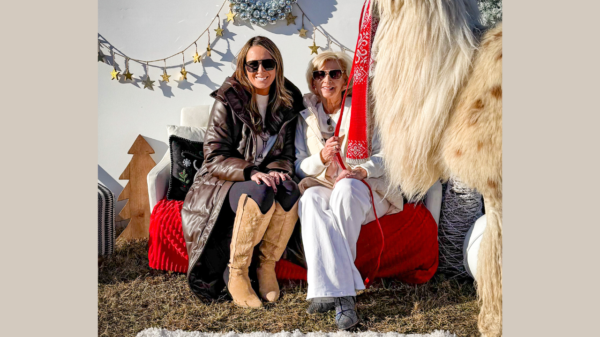As Punxsutawney Phil predicted, Pennsylvania winter persists.
We humans bundle up with turtlenecks, hats, gloves, and winter coats to protect ourselves from the cold. Wildlife beats the freeze by storing fat and growing a thicker winter coat. Some animals, like ermines, snowshoe hares, and white-tailed deer grow thicker fur but ALSO change their color for the season … what fashionistas!
Ermines are adorable little predators belonging to the weasel or mustelid family. They vary from 9-15 inches long and 1.6-3.2 inches tall, according to the game commission. Their fur during warmer months is a milk chocolate brown with a white belly. The tip of their tail is black, an advantageous adaptation. If a larger predator is chasing after an ermine and focusing on the tail, most of the ermine will remain unscathed if caught. For the winter, ermines are completely white other than the tip of their tail, which remains black. This adaptation allows them to blend in with winter snow while hunting. Sneaky, sneaky!
Similarly, the snowshoe hare turns from its summer brown to its winter white for camouflage to avoid being caught by predators. While the snowshoe hare is not technically considered a rabbit, they are closely related to cotton tail rabbits and can be mistaken for them. Some key visual differences include the snowshoe hare’s generally larger size in body and feet, plus its color changing winter coat; the cottontail rabbit remains brown year round.
While ermines and snowshoe hares lighten up, the white-tailed deer darkens its coat. Why is this?
Think about the seemingly distant season of summer: have you ever made the mistake of wearing a dark T-shirt on a hot summer day? You’ll roast hotter than a rotisserie chicken at Giant! Dark colors absorb sunlight and solar energy, while light colors reflect it, hence why wearing a white shirt in the summer will spare you the incessant heat taken in by a darker shirt.
Deer have this knowledge in their DNA. In winter, they grow their coats darker so that they can more easily absorb solar energy to stay warm. This helps them preserve energy at a time when food is scarce. Likewise, their coats lighten up in the summer to prevent overheating.
During our last remaining six weeks of winter, I challenge you to spot a mammal in its camouflage coat. Despite the cold, winter walking and hiking has several benefits, including the chance to spot wildlife in its more elusive form.
Subscribe to Coal Region Canary
Get email updates from Coal Region Canary by becoming a subscriber today. Just enter your email address below to get started!Support Coal Region Canary
Like our reporting and want to support truly local news in Schuylkill County? Your small donations help. For as little as $5, your contribution will allow us to cover more news that directly affects you. Consider donating today by hitting the big yellow button below ...


































